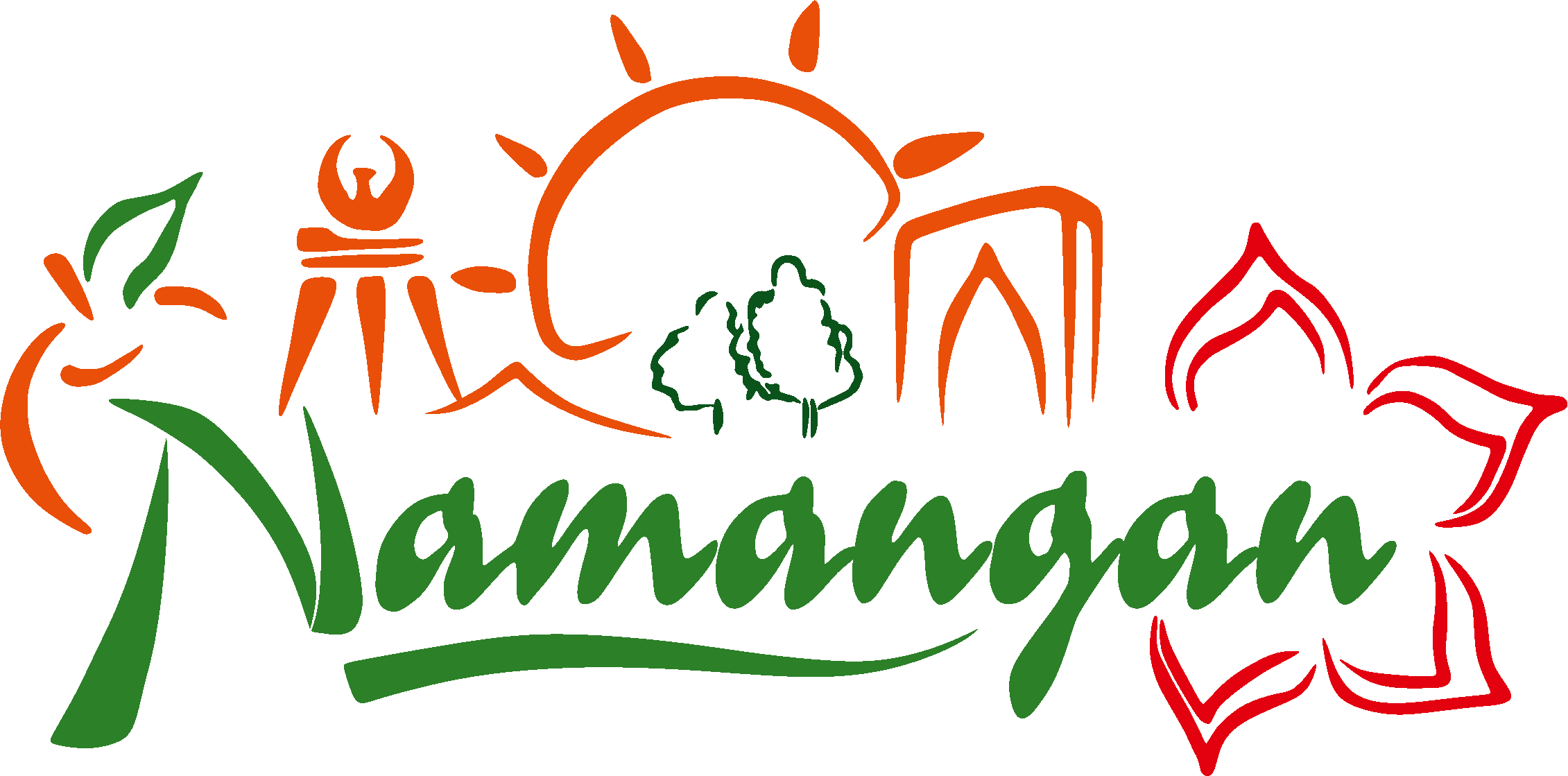Phone
Consular Issues
Phone
Madaniyat va Turizm sohasida hamkorlik
Culture of Uzbekistan
The culture of Uzbekistan is one of the brightest and unique cultures of the East. It is unique folk art, dance and painting, unique national cuisine and clothing.
The art of Uzbek folk art is characterized by multifaceted themes and various genres. According to their functions and forms, there are two groups of singing and instrumental melodies: those performed at specified times and situations and those performed at any time. The first group includes songs related to customs, labor process, various rituals, staged spectacles and games.
The Uzbek people are famous for their music. A chant is a couplet chant of a poetic text with a minor melody covering a stanza or two. Among them, along with the types of songs, there is the art of "lapar" and "yalla", which are songs composed of couplets. The genre of the dancing art of maskur kuy is envisaged in the performance of humorous dance. Lapar is the wording of a song. In Khorezm, those who perform songs in a single order are called performers. In some regions, the term "lapar" is used for the song "Ulan" (which is performed as a dialogue between women and men) at wedding parties. The genre of "yalla" consists of two different songs: a short-range melody, and a song - performed individually at the same time as a dance.
Folk and professional poetry of Eastern poets are used as the poetic texts of the songs. More advanced examples of chants are professional music of oral traditions. The main place in the Uzbek musical heritage is occupied by the epic, which expresses narratives in the style of artistic speech.
Dances are different in different regions of Uzbekistan. Fergana dance is distinguished by its special smoothness, fluidity and expressiveness of movements, lightness of moving steps, special movements in places and rotations. In the regions of Khorezm and Bukhara, dances are performed with karayaks.
The development of national painting art began many centuries ago. In the 16th and 17th centuries, in the capital of Bukhara and other urban centers, the art of manuscripts and negotiation were significantly successful. The artistic decoration of ancient manuscripts included elegant calligraphy, thin ornaments made of water colors in the squares.
The styles of several directions have been developed in this art. One of them is connected with the tradition of Behzod (an artist of the Middle Ages, one of the founders of oriental miniature trends).
National Uzbek clothes
The distinctive clothing of the local population has long been determined by the climate, living conditions, and clan traditions. Already in the 19th century, clothes (gowns, shirts and men's shirts): wide and long cut, not falling off the shoulders, and all the signs that hide the stature were preserved.
Traditional men's national clothes consist of warm sheepskin coats tied with khakichika, a hat and boots made of fine leather. Men wear plain and outer shirts. There are light or warm types of sheepskin coated in cotton. Shepherds had cuts on the sides to make it easier to hit and sit on the ground. Usually, the shepherd would be tied with a goat.
National holiday dresses are distinguished from everyday dresses by the beauty and richness of the fabrics and embroideries used.
Women's national clothes consist of robes, dresses of simple design made of khan-atlas, loose pants - wide thin pants with a narrow bottom. Women's headdress consists of three main elements: a hat, a scarf and a hat. Women's festive dresses are distinguished by the flow and beauty of fabrics. Children's clothes have been repeating the clothes of adults. In addition to common symbols, the clothes of each district and tribe have their own characteristics, fabrics, shapes and patterns that are expressed in use.
Doppi is one of the famous and widespread folk arts of Uzbekistan. A hat is considered a headwear and is made of soft fabrics with a lining. The cap is an integral part of the Uzbek national clothing and has become part of the national traditions and customs of the Uzbek nation. Among the most common forms of the Uzbek hat are four-sided and conical. For caps, it is made of white silk, white silk thread, ziyak, and ordinary thread for kicking. Most women mastered the secrets of hat making. "Almond", a symbol of life and fertility, is one of the types of enslavement. Among the caps, the most common type is the "snake trace" pattern, which serves a protective function. Geometric patterns are more popular patterns. Doppis, created in different regions, are distinguished by their shape, type, and ways of dropping flowers.
The name of the place prevails when distinguishing men's caps













